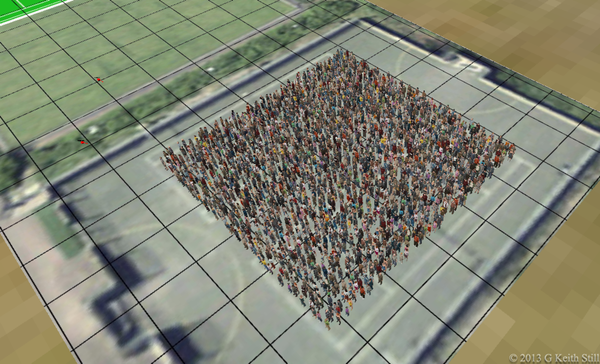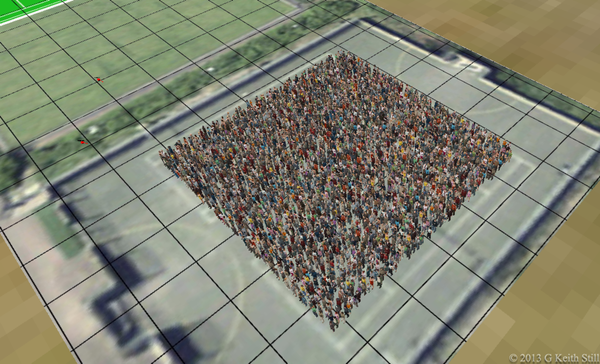I
attended most of the anti-extradition bill protests since the inception of the
infamous article. Week-on-week, I have seen the police escalate the violence;
from targeting journalists, to insulting protesters, and now just having
complete disregard for the role they are meant to be play in society. While
this is not acceptable, it is perfectly understandable; the police force is
being given carte-blanche by Carrie Lam. Every time she is being asked, she
will profess blind faith in the forces, regardless of the obvious aberrations
they may commit.
Even
more baffling, as was revealed in her leaked tape, she stated that "the
only thing I have is the Hong Kong Police Force". One would think that a
seasoned observer of the situation in Hong Kong since its retrocession to China
would understand that every time the government has dug its heels and rammed legislation
through the throats of Hong-Kongers, they have reacted in kind. Therefore, by
unconditionally supporting the police’s actions, not only is she removing any
accountability of the HKPF, but she is also furthering disapproval from the
population which should be where her support comes from.
However,
as the weeks pass, I see a risk looming for the pro-democracy movement’s
continued public support. Just a few weeks ago, protesters would brush Carrie’s
antics and half-truths off, and keep marching peacefully.
It
changed recently as we saw unapologetic destruction of private property (smart lampposts
as well as MTR equipment) by the most extreme fringe of the protest movement.
While
we can have an academic debate as to whether the average protester supports an
increased usage of violence or not, the fact is that there does not seem to be
post-facto introspection as to whether matching the police’s escalating
violence is the best strategy.
Not
only is this playing to Beijing’s narrative of “terrorists senselessly
destroying Hong Kong”, but it also risks alienating support from the average
Hong-Konger who would fail to see how destroying an MTR turnstile is advancing
the cause of democracy.
In
any social revendications movement, there are agitators and anarchists.
Honestly, I am impressed as to how very few there were considering the massive
protests that took place. As a result, I am not so concerned about them if they
are shunned by and from the group.
But
when weeks of protests turn into months, there is a danger for an increasing
number, in letting themselves being defined by the struggle and losing sight of
the desired outcome. I have seen signs of this on the front where fully
black-clad protesters play martyrs, seeking peer-validation for it.
The
brotherhood of the fight, for the lack of a better term, is appealing,
heart-warming to an extent, and most of the time, necessary. It is not a
problem in itself, but addiction to it is, as it blurs one’s vision. Beyond becoming more tolerant to one’s own
violent behaviors, the risk is to obfuscate the goal itself: there are 5
demands, once they are met, the fight is won. If your course of action takes
you away from that goal, you must refocus, re-think your strategy, question
your assumptions, adapt, …be water!
It
may be that now is the time to tone-down the destruction, call-it out when it
occurs, and focus on the few political levers that you (we) do have; there are
elections just around the corner; the fight needs to, if only temporarily, move
to that arena. Get every single elector out, and out-vote the Beijing sycophants
who incidentally just recently found a conscience and are proposing ideas after
ideas to solve the housing “crisis” which they have helped create.
Do
not give them justifications to suppress or delay the elections. Instead,
announce the complete suspension of any means of protests on that day.
Protesters,
you have the overwhelming support of Hong Kongers, principally because there is
complete acceptance of your goals, and, until now, of your means to attain them.
That is your strongest asset, and something that the Hong Kong government lacks
as a result of its inability or unwillingness to understand your fundamental
demands. This asset is critical in your ability to win this fight.
If
the fringe activists keep taking violent actions against an increasing number
of perceived “enemies”, they will eventually run out of friends…
If
the struggle becomes your goal, you will lose public support, and, in the end, lose
everything.



































